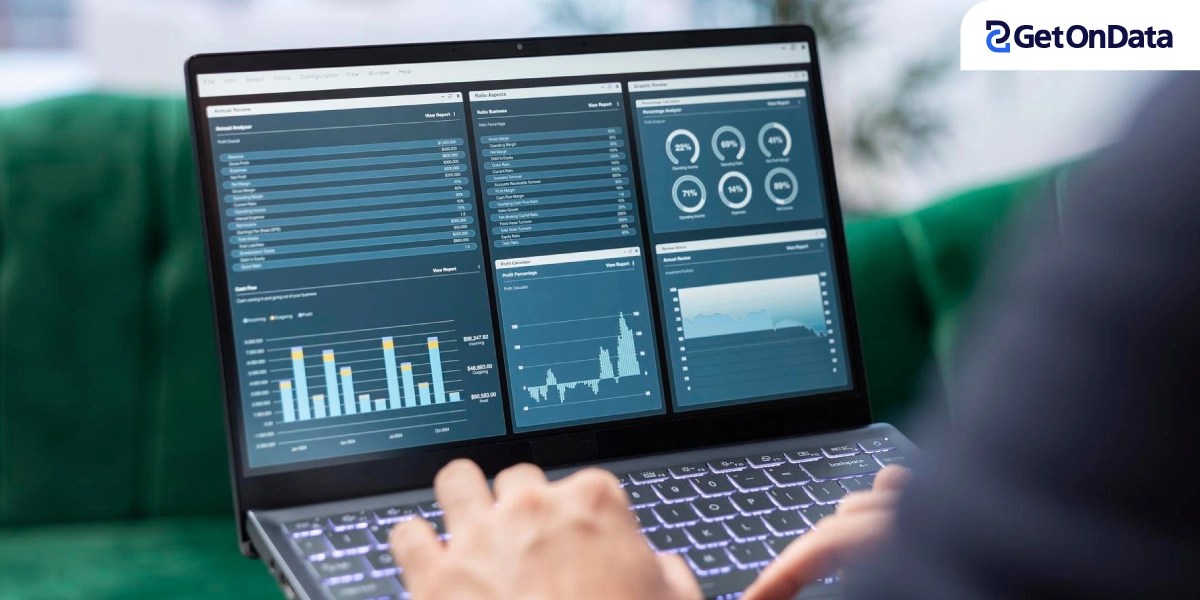Improving Prediction Accuracy with ARIMA Forecasting Model for Retail & Financial Planning
Optimizing Forecast Accuracy Using ARIMA for Retail & Financial Data
Accurate forecasting is crucial for industries relying on historical data for planning and decision-making. The ARIMA forecasting model (AutoRegressive Integrated Moving Average) is a powerful statistical method used for time series forecasting, particularly when dealing with stationary and linear data trends. In this project, we implemented the ARIMA model to enhance forecasting accuracy in retail sales and financial planning.
Key Highlights
Time Series Forecasting
Predictive Analytics
Data Science
Business Challenges in Time Series Forecasting and Inventory Management
Demand Forecasting Solutions
Businesses struggle with predicting future demand due to seasonality and trends in sales data.
Inventory Optimization
Poor forecasting can lead to overstocking or stockouts, affecting revenue and operations.
Financial Forecasting Models
Companies need reliable forecasts for revenue and expense planning.
Time Series Anomalies
Identifying trends and anomalies in historical data is essential for strategic decision-making.
ARIMA Forecasting Model Solution for Improved Business Predictions
The ARIMA model was used to address these challenges by providing accurate time series forecasting with ARIMA models based on historical data. The implementation steps included:
Data Pre-processing
- Collected and cleaned historical sales and financial data.
- Checked for stationarity using the Augmented Dickey-Fuller (ADF) test.
- Differenced the data to remove trends and make it stationary.
Model Selection & Hyperparameter Tuning
- Used the ARIMA model with the (p, d, q) parameters, where:
- p: Number of lag observations (AutoRegressive component).
- d: Number of times the data is differenced (Integrated component).
- q: Number of lagged forecast errors (Moving Average component).
Selected optimal values using AIC (Akaike Information Criterion) and grid search.
Model Training & Forecasting
- Split the dataset into training and testing sets.
- Trained the ARIMA model and evaluated its performance using RMSE (Root Mean Square Error).
- Generated forecasts for future sales and financial projections.
Types of Forecasting Models Provided
In addition to ARIMA, we offer the following forecasting models to suit different business needs:
- STL (Seasonal and Trend Decomposition using Loess): Best for data with strong seasonality and trends.
- Exponential Smoothing (EST): Ideal for short-term forecasting with recent data trends.
- EST + ARIMA Hybrid Model: Combines ARIMA’s autocorrelation handling with EST’s adaptability.
- EST + STL Hybrid Model: Used for datasets with seasonality, trends, and short-term fluctuations.
- TBATS (Trigonometric, Box-Cox, ARMA, Trend, and Seasonal Components): Handles multiple overlapping seasonalities.
- Moving Average: A simple technique for smooth, stable data.
- Last 12 Months Model: Useful for predictable annual cycles with consistent patterns.

Get thoughtful updates on what’s new in technology and innovation
Ready to unlock the power of data for your business?
Technology We Used
Python
Statsmodels
Pandas
ARIMA
Business Impact of ARIMA Time Series Forecasting
Enhanced Sales Forecasting
The implementation of ARIMA forecasting models improved demand forecasting accuracy by 30%, reducing inventory costs and preventing stockouts.
Optimized Inventory Management
Better forecasts led to efficient stock planning, minimizing losses from overstocking and understocking.
Improved Financial Planning
Accurate revenue predictions helped finance teams optimize budget allocations and expense planning.
Data-Driven Decision Making
Identified trends and seasonality in historical data, allowing businesses to make informed strategic decisions.
Driving Business Success with ARIMA Forecasting
The ARIMA forecasting model successfully improved forecasting accuracy and operational efficiency. By offering multiple forecasting solutions, businesses can select the best approach tailored to their unique data characteristics and objectives.











